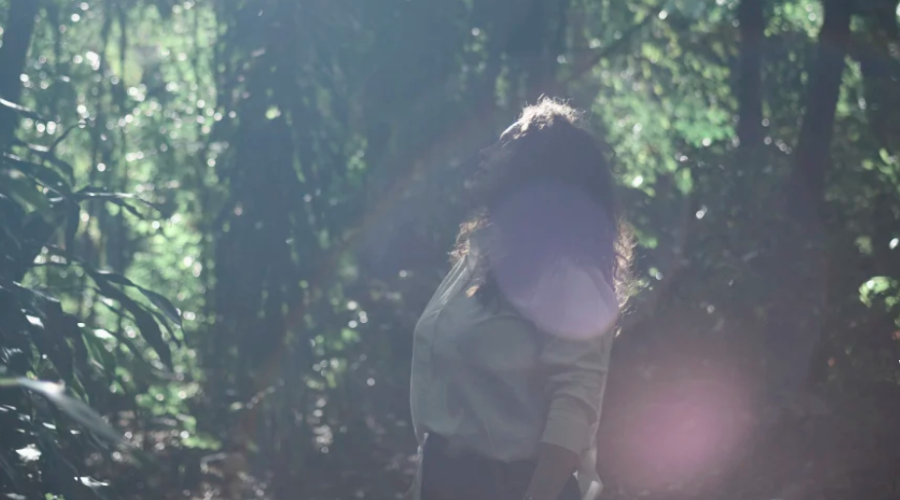
Wilderness Journal
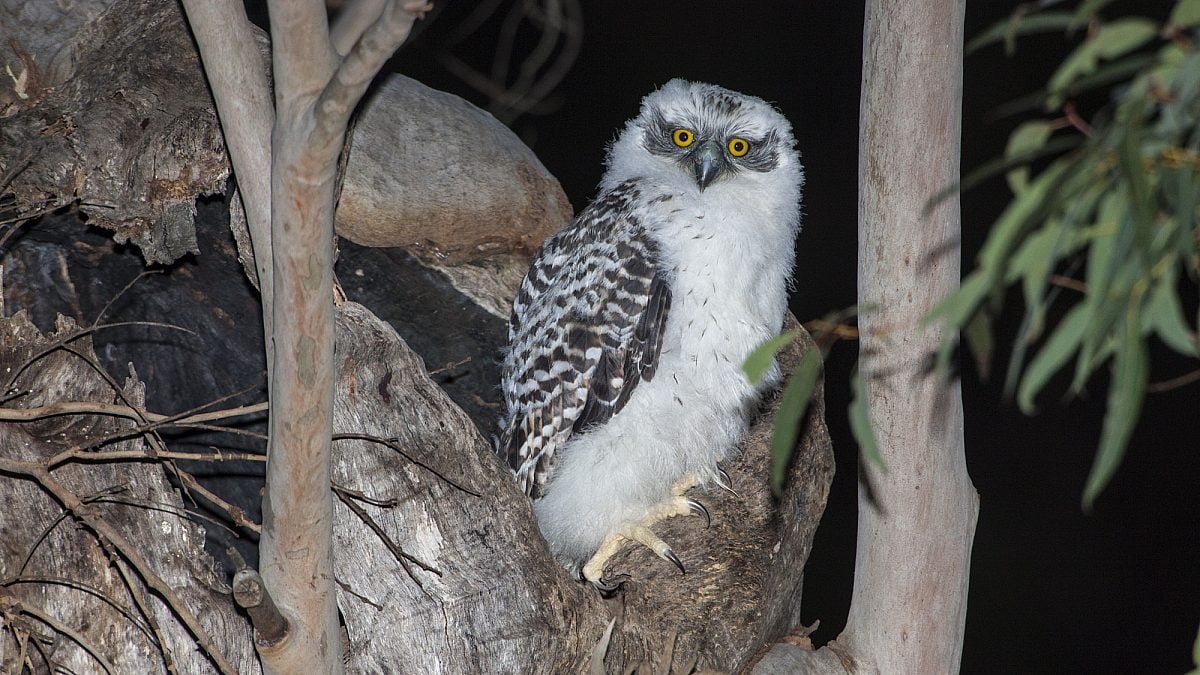
You may have heard the term ‘hollow-bearing tree’ and wondered: what makes these old trees so special? Find out here!
Hollow-bearing trees provide homes for many of Australia's threatened birds and animals, but can take hundreds of years to form. Keep scrolling to learn more about this vital part of the forest ecosystem—and why we must protect them for the future.
Tree hollows are cavities formed in the trunk or branches of a living or dead tree. Hollows are found in older, mature trees.
They form as a result of wind breakage, lightning strikes, fire, and/or from consumption and decay of internal wood by fungi and insects—primarily termites.

Hollows are mostly found in old eucalypt trees, and are rare in many other native and introduced species such as wattle and pine.
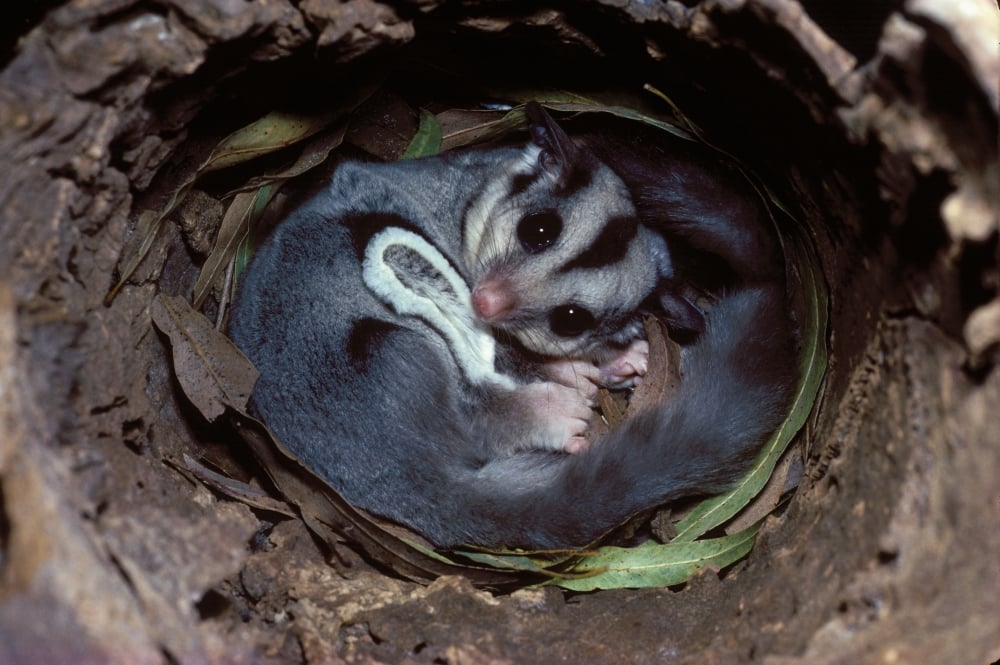
Large, old HBTs are generally more valuable to hollow-using animals than younger HBTs, although these are important as a future source of hollows. Very old mature trees like river red gums, jarrah and marri trees (two to three centuries in age) provide a dynamic supply of different-sized hollows that suit various species, supporting ecosystem diversity and abundance.

In Australia, 303 native wildlife species rely on hollows to nest, breed, shelter and feed¹. This includes 31% of native mammals and 15% of native birds. Each animal species has its own requirements in terms of hollow size, location (branch or trunk), tree species, and surrounding vegetation, which affects how a hollow is used.
Many Australian wildlife species rely on very specific hollows to be able to breed and take shelter from native and introduced predators. These species are now threatened (or becoming so) because of a lack of the right hollows.
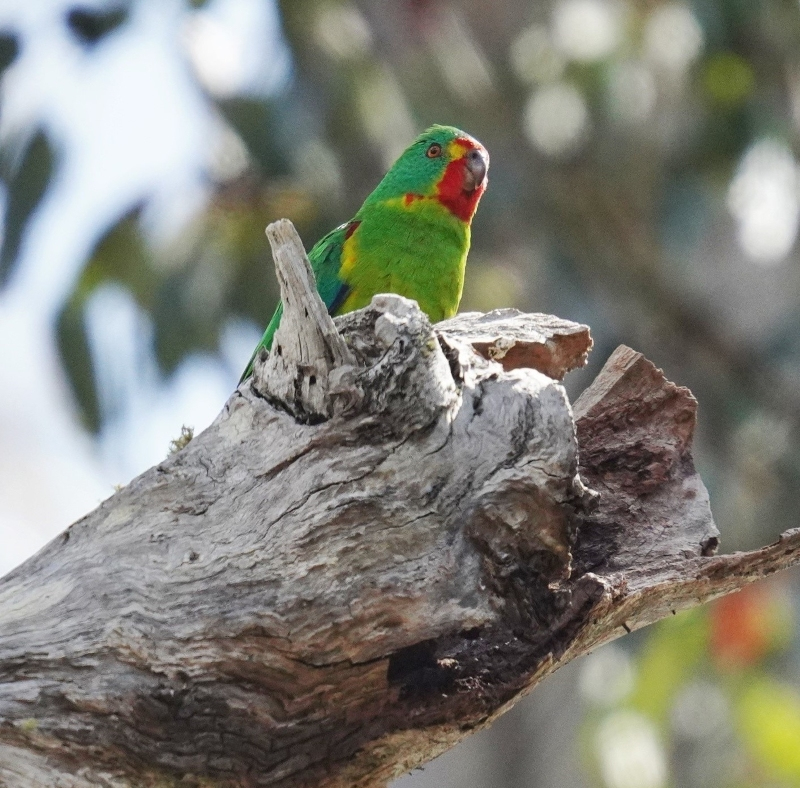
Threatened species or species of concern that rely on hollows to survive include:


The primary causes of HBTs disappearing from our forests are:
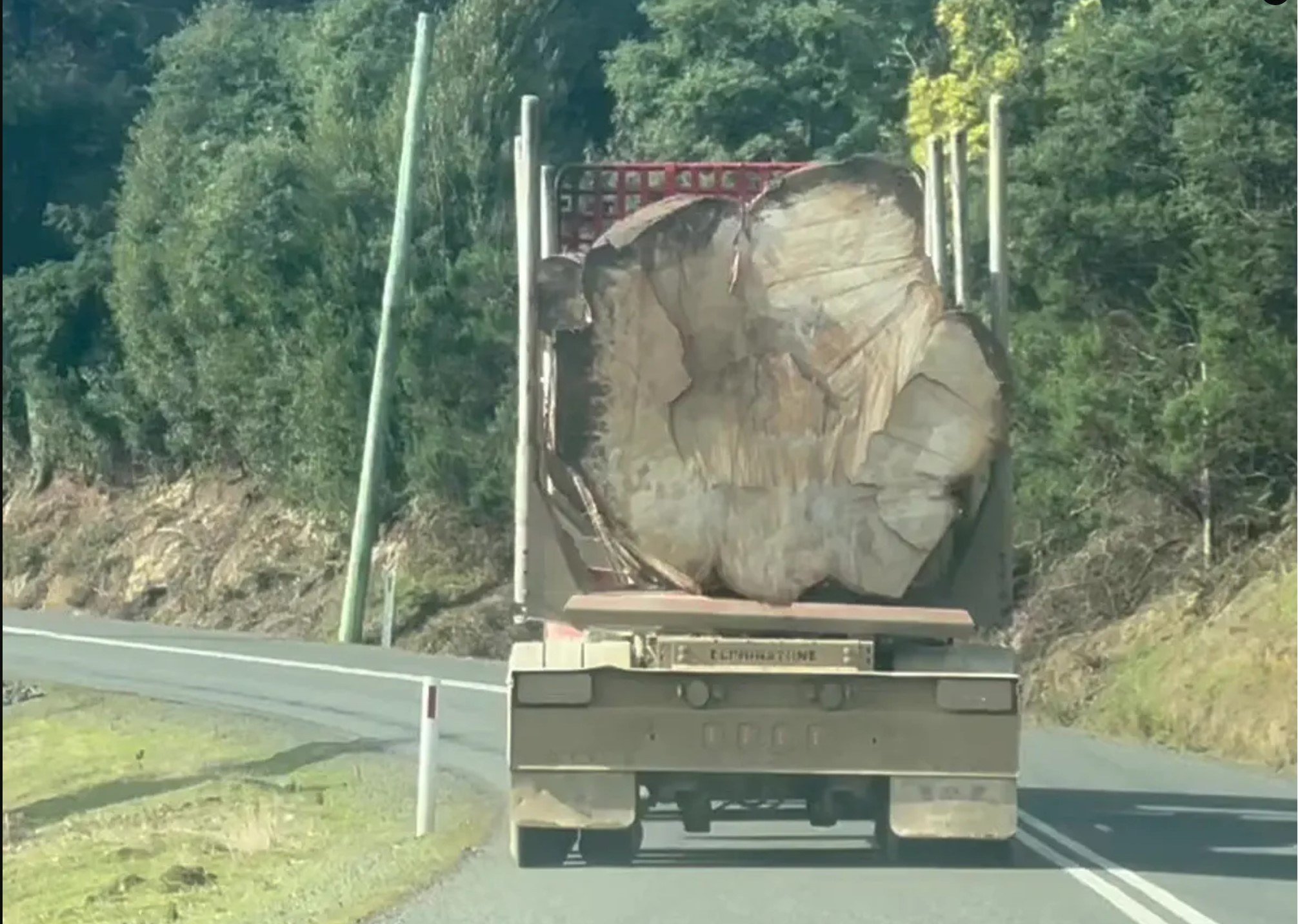
The biggest issue outside of direct loss of HBTs is the loss of younger and developing trees that will soon develop hollows, leading to a future lack of hollows. All factors above lead to this loss of the next generation of HBTs, but this is especially an issue in logged forests where trees of 20-80 years of age are preferred by the logging industry.
This loss and lack of recruitment of new HBTs leads to either:
a) a complete lack of hollows
b) not enough of the right type of hollows to maintain a viable population of various species, or
c) the hollows being in the wrong place (e.g. on infertile or rugged ridges) for the animals to also find food and water.

These trees are being lost because:


The solution is to allow forests and bushland to become old. This requires an end to the destruction of current HBTs and restoration of forest and bushland to ensure a steady supply of future HBTs of varying ages and tree species. This should happen across the country, but priority should be given to critical habitat for threatened species, such as Victoria’s tall forests, WA's jarrah forests, the ancient forests of lutruwita / Tasmania and Queensland's forests and bushland.

The states won’t take action on their own to end the destruction of HBTs in high conservation value (HCV) forests and bushland, so we need the federal government to show leadership through:
¹Gibbons, P & Lindenmayer, D (2002) Trees hollows and wildlife conservation in Australia CSIRO Publishing, Collingwood, Victoria
²Under state legislation, not listed Federally
³https://theconversation.com/bi...
⁴http://www.environment.nsw.gov...
⁵Clearfell-logged areas are more susceptible to more frequent and higher intensity wildfires